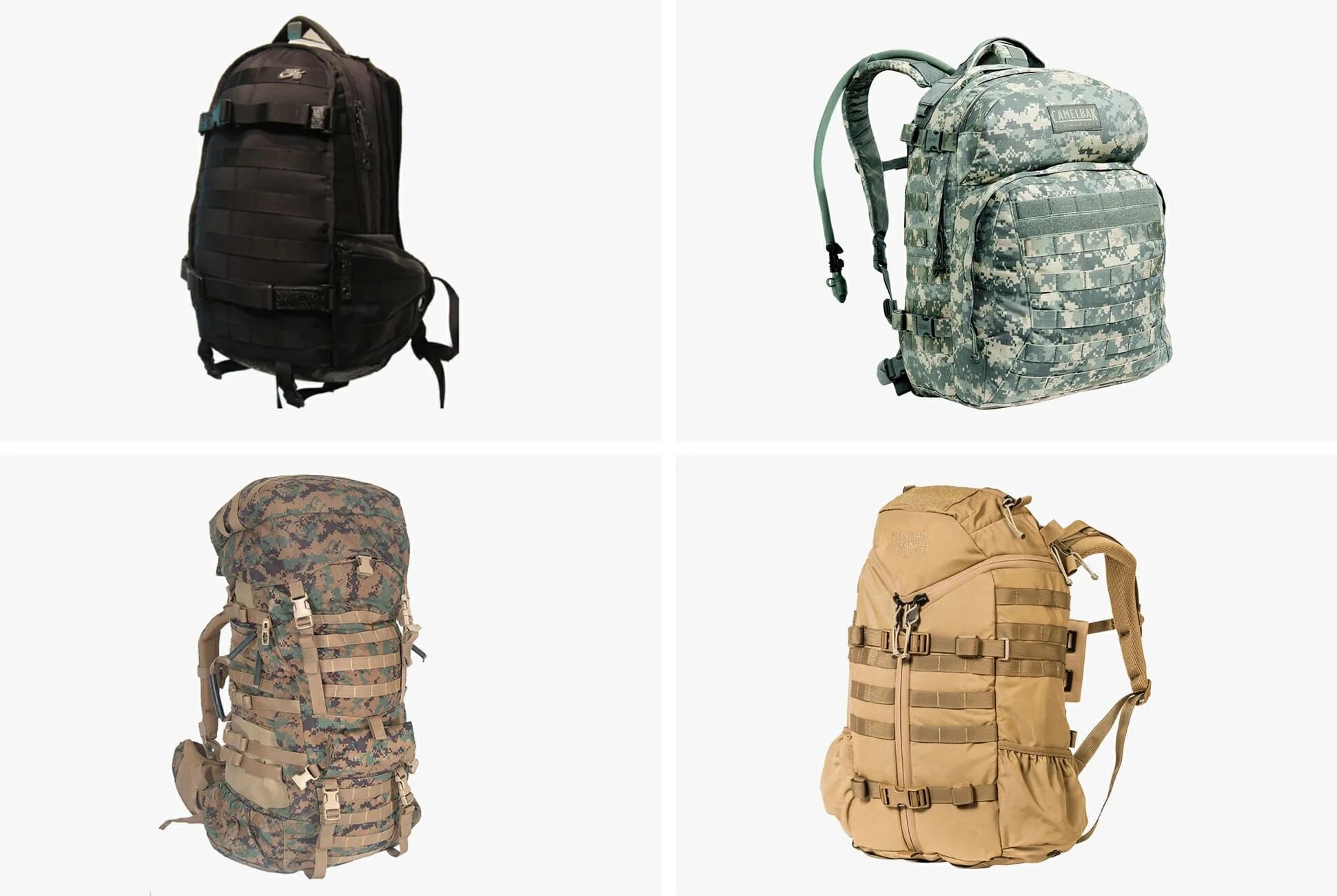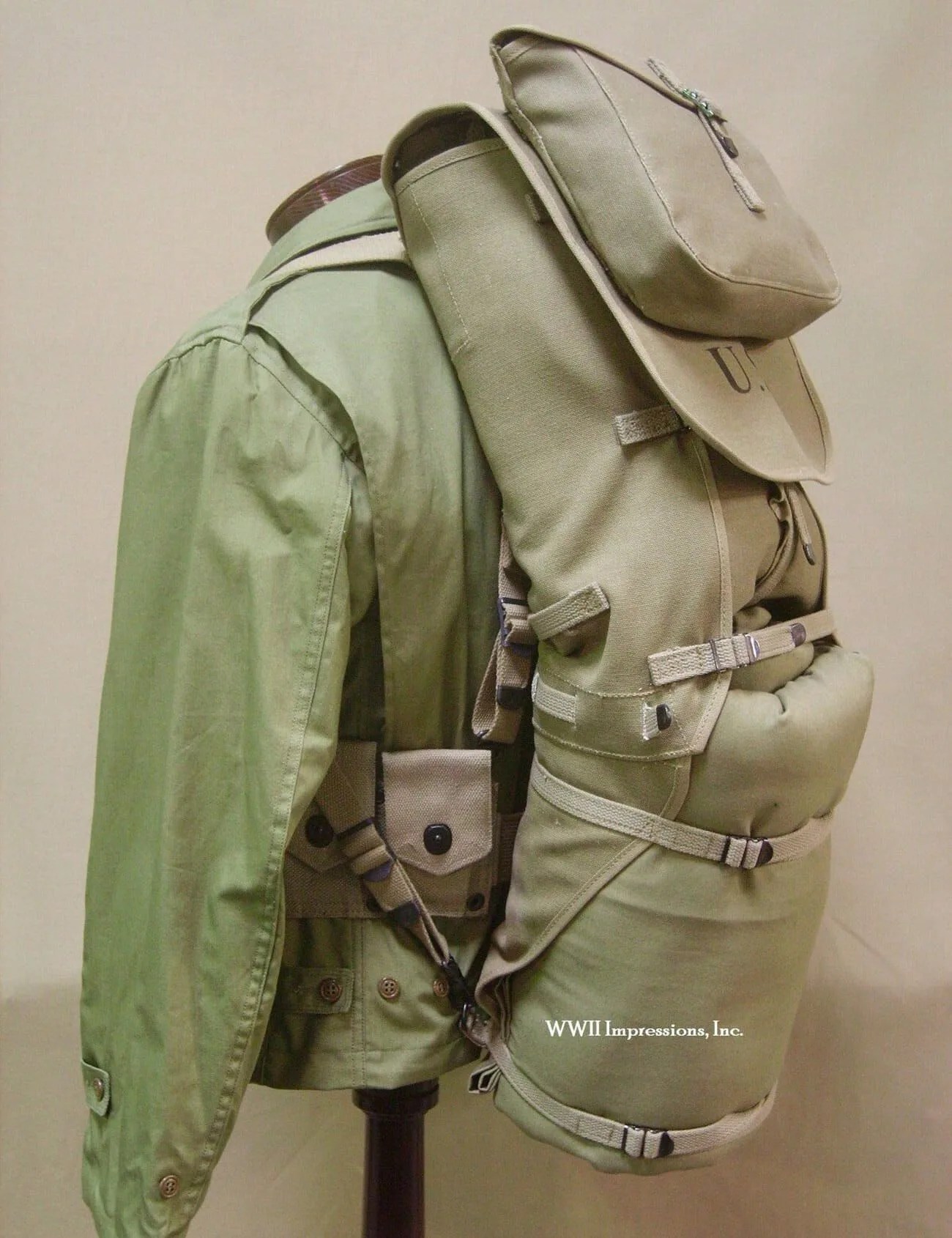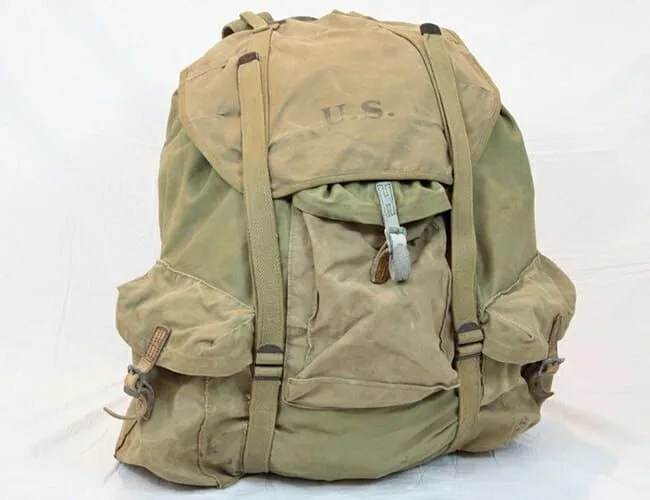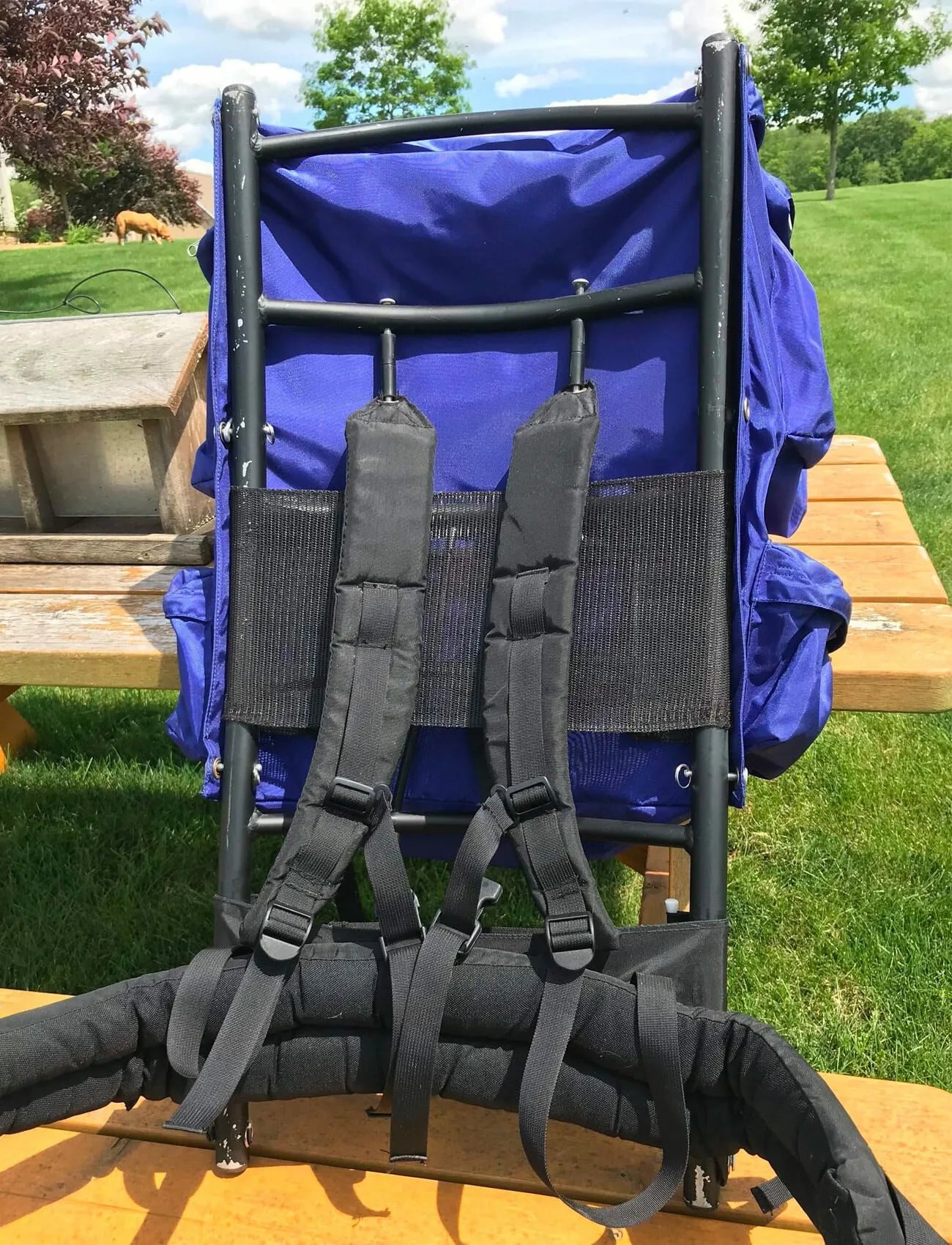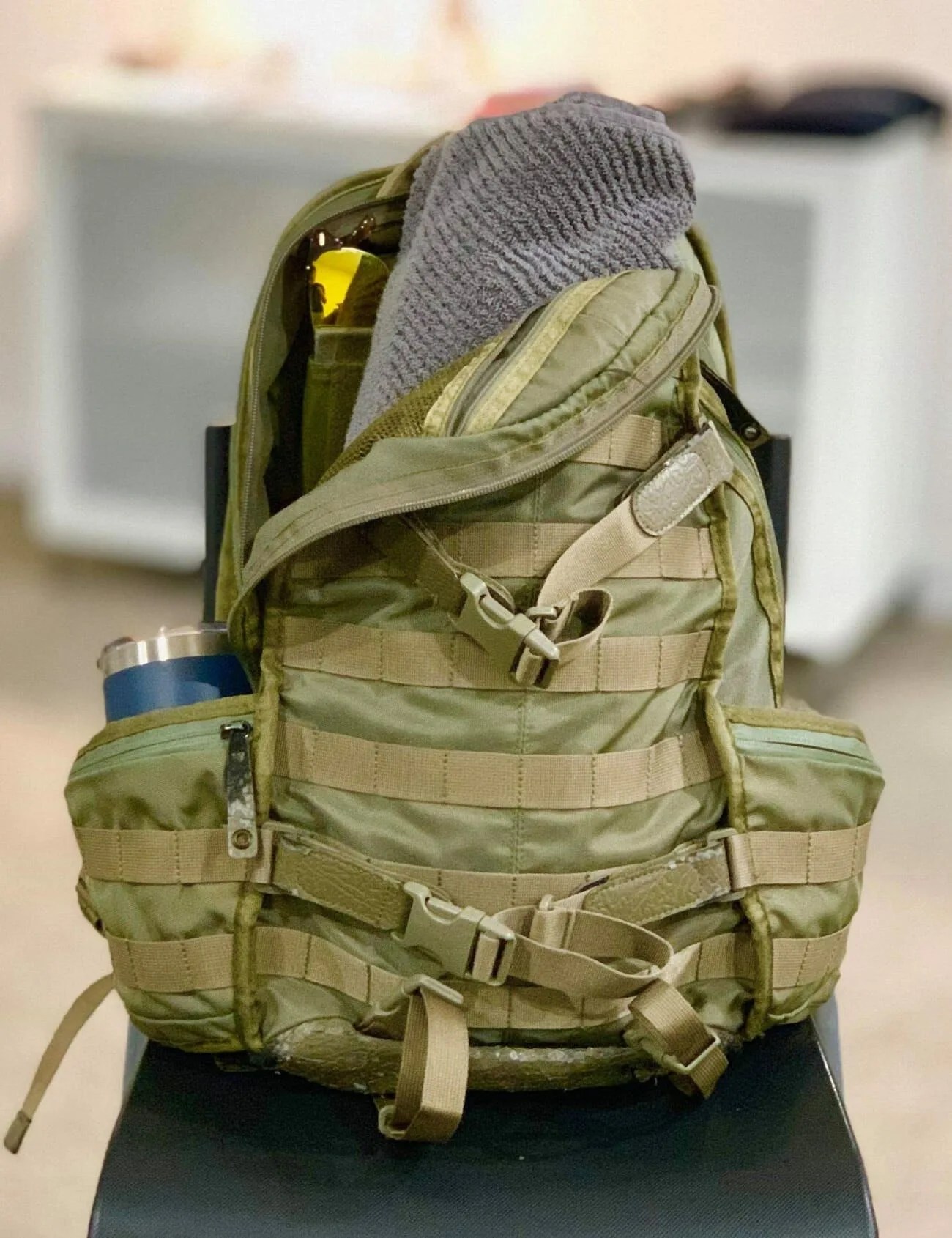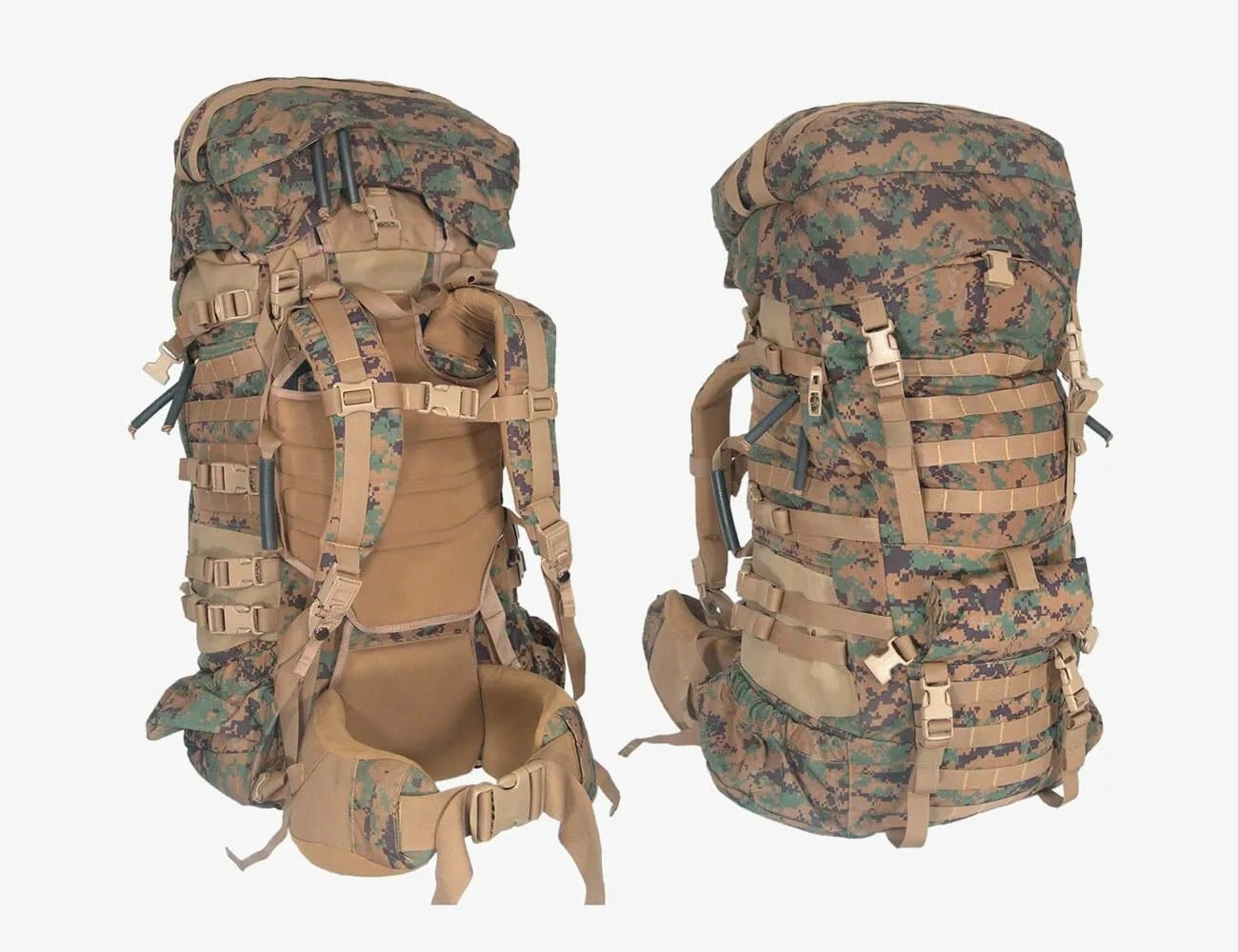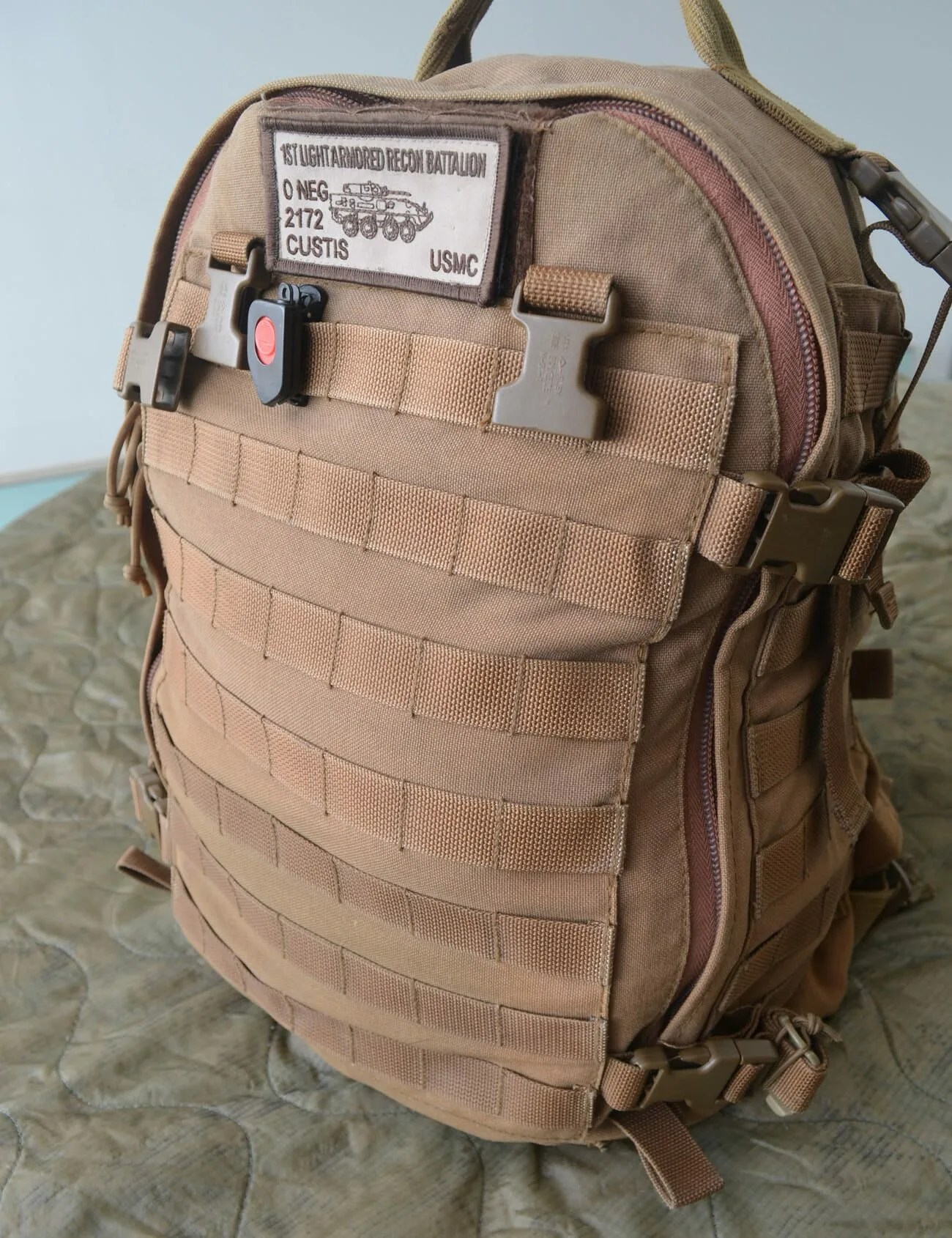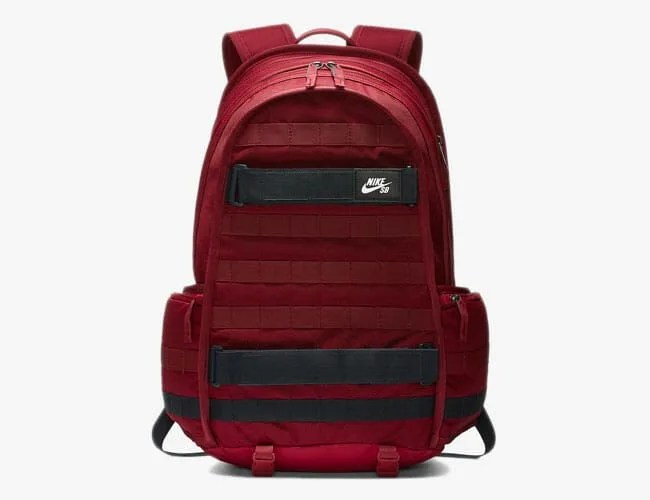Military packs and load carriage have come a long way since the one-strap haversacks of the Civil War allowed a soldier to lug rations and personal possessions onto the battlefield. These early carry solutions involved linen and canvas bags designed for over-the-shoulder carry, gradually morphing into a more complex arrangement of flaps and straps in the World Wars — and leading to the polymer frame, Cordura fabric workhorses in action today.
Through well over a century of innovation, development and patents, two constants endure. First, military packs have borrowed heavily from civilian design elements through the rucksack and aluminum grade frames. Second, civilian pack options for hunting, everyday carry and urban lifestyle pursuits have expanded greatly through the influence of military load-bearing technology like waist belt and MOLLE webbing.
These touch points are often subtle or hidden, lost in the corner of a Wikipedia article or an obscure military journal. However, a closer look at the intersection of civilian and military design efforts reveals four significant moments, bringing us to both the most modern battlefield packs — and the bags kids are rocking as they roll up to the skatepark. As a veteran and current Foreign Service Officer who has researched this history extensively, here’s what I’ve seen.
1. It all started with a canvas knapsack.
Union soldiers began the Civil War with a knapsack of canvas — painted black in an attempt to add water resistance — which they wore on their back via two shoulder straps. The ungainly trunk held clothing and tentage, while a considerably smaller haversack constructed of painted canvas and a cloth lining carried the meager rations of the era, a few personal items and additional ammunition not otherwise worn on a cartridge belt.
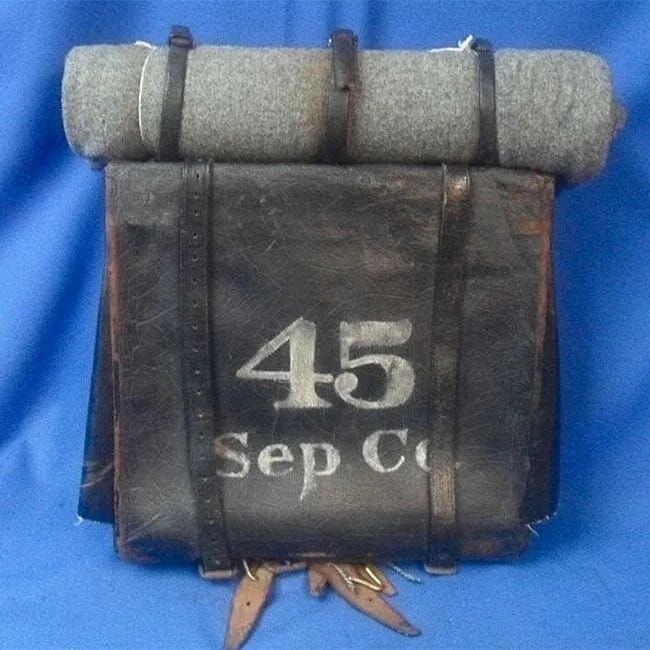
Civil War Trunk
